 I can see forever from up here. Man, the smog over London is really bad. 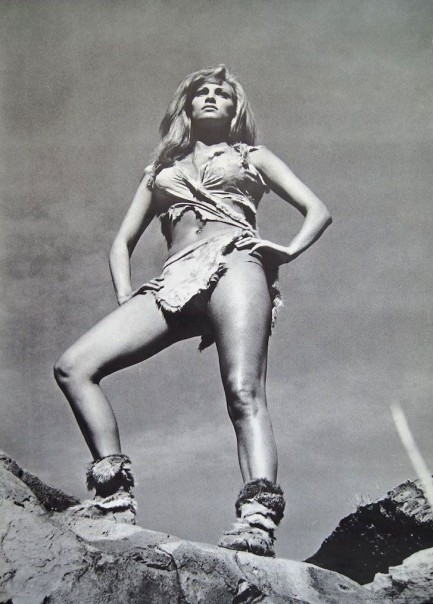
Raquel Welch stands tall in this pin-up poster made for her prehistoric adventure One Million Years B.C. This was sold in West Germany, where the movie premiered today in 1966. In fact, it was the film's world premiere. It was made by Associated British-Pathé and Hammer Studios, and partly shot on British sound stages (as well as in the Canary Islands), but for some reason the filmmakers chose West Germany for a testing ground. They needn't have been so cautious—thanks to Welch an otherwise ridiculous b-flick became a worldwide smash.
 But just Imogen the possibilities. 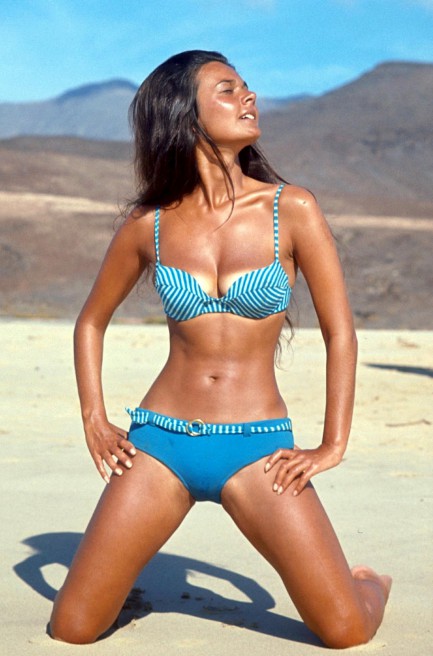
With the above, we’ve now given about as much exposure to a terrible film as can be excused. The photo shows British actress Imogen Hassall from When Dinosaurs Ruled the Earth, and the shot was made during that epic’s filming in the Canary Islands in 1969. Some may remember the movie premiering in late 1970 in England and 1971 elsewhere, but it languished in the studio vaults for a while. Actually, the entire shoot was a circus. Here’s co-star Victoria Vetri, speaking to journalist Joe Vannicola about filming the movie on Fuerteventura: “Two weeks after we were there the director left his wife. He was sleeping with the script supervisor. It was like you could have made a movie within a movie. Everybody was screwing around. People were skinny dipping, drinking sangria instead of tea at four in the afternoon, getting drunk [constantly], and it was like party time. Three or four in the morning they’d say, ‘You have to be up at six for a sunrise shoot? Let's stay up all night!’ [snip] Of course, having [me] around didn't help because I was the first one to drop a loincloth. And all the girls between shots were getting a tan. After a while it didn’t faze anybody. When you’re all sitting around half naked it doesn’t matter.” So the above photo may actually be the overdressed Hassall. We approve in any case.
 Darcy Glinto was yet another writer who ran afoul of contemporary morals squads. 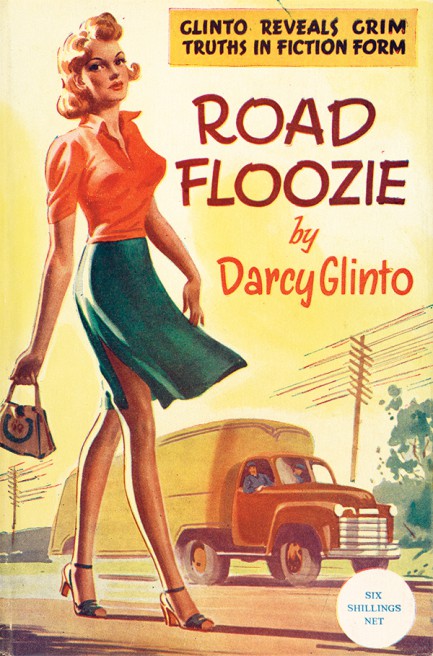 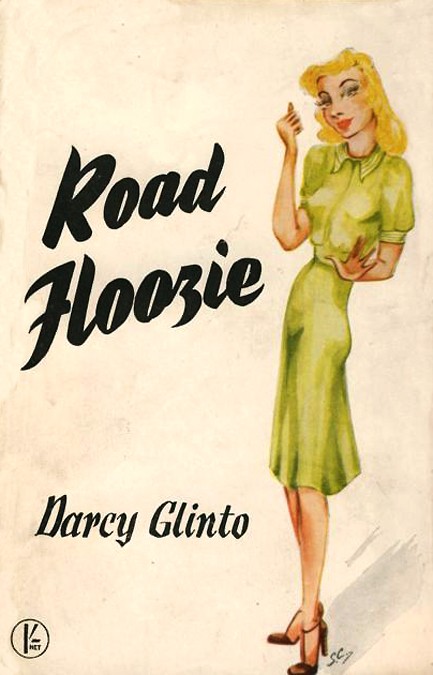
The moment we saw these two versions of 1950's Road Floozie by British author Darcy Glinto, aka Harold Ernest Kelly, we asked one question—why are they so expensive? The sellers were both asking five hundred dollars. That seemingly has to do with the novel being pulled from circulation and republished with certain passages stricken, making the original difficult to find. What was so offensive in 1950? Certainly the idea that a woman would choose life on the road, moving from place to place, sometimes man to man, would have been uncomfortable. But Glinto was probably done in by the double rape of the main character by two truckers, one white, one black. In America, in 1950, black hands on white female flesh was a no-no, in literature and real life. Heck, it’s still a no-no today, in certain backwaters. As his career went on, Glinto/Kelly continued to have legal troubles in both the U.S. and Britain, and eventually he closed Robin Hood Press, which he owned, and sold the rights to the name Darcy Glinto. He moved to the Canary Islands and later died there in 1969.
 Continental Film Review was a leading voice of foreign film in Britain, as well as a leading source of cheap thrills. 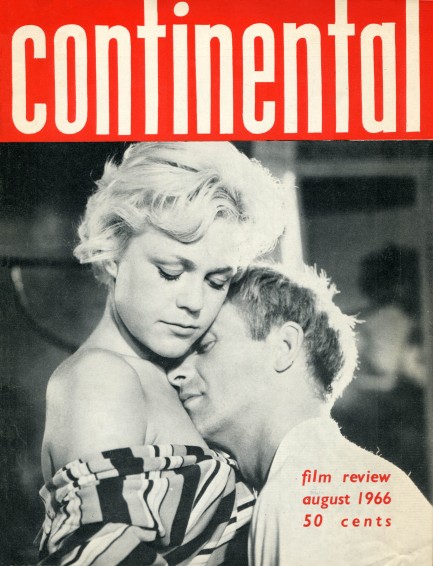
We’re showing you this August 1966 Continental Film Review for one reason—Raquel Welch. She appears in both the front and back of the magazine, and the latter photo was made while she was in the Canary Islands filming One Million Years B.C. That photo session featuring a blonde, windblown Welch was incredibly fruitful, at least if we’re to judge by the many different places we’ve seen frames from the shoot, including here, here, here and especially here. There had not been a sex symbol quite like Welch before, and in 1966 she had reached the apex of her allure, where she’d stay for quite a while. On the cover of the magazine are Christina Schollin and Jarl Kulle, pictured during a tender moment from the Swedish romantic comedy Änglar, finns dom? aka Love Mates. Inside you get features on the Berlin and San Sebastian film festivals, Sophia Loren, Nieves Navarro, Anita Ekberg, and more. CFR had launched in 1952, and now, fourteen years later, was one of Britain’s leading publications on foreign film. It was also a leading publication in showing nude actresses, and in fact by the 1970s was probably more noteworthy for its nudity than its journalism. The move probably undermined its credibility, but most magazines—whether fashion, film, or erotic—began showing more in the 1970s. CFR was simply following the trend, and reached its raciest level around 1973, as in the issue here. Fifteen scans below.
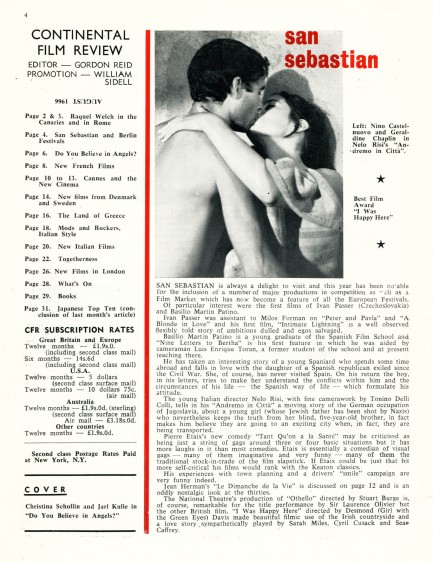  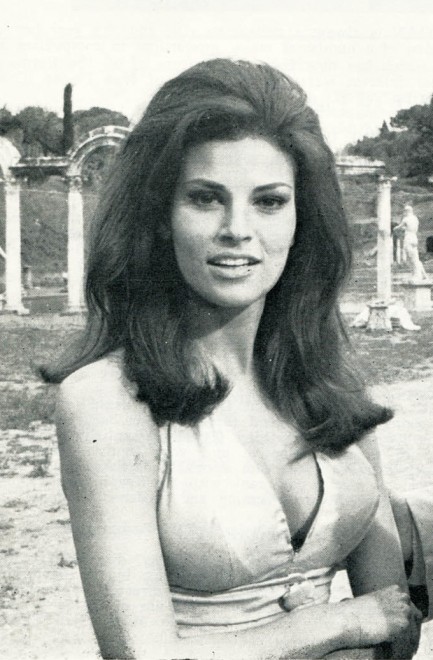 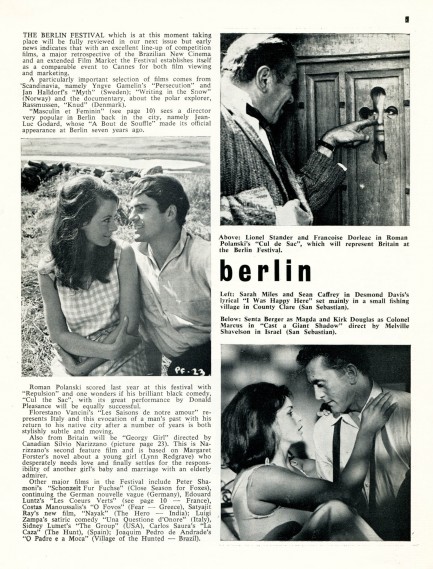 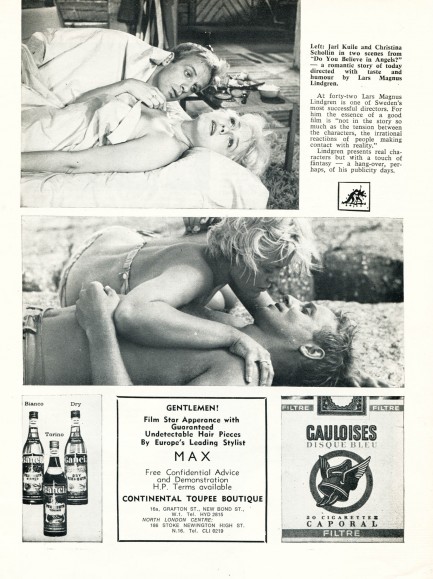 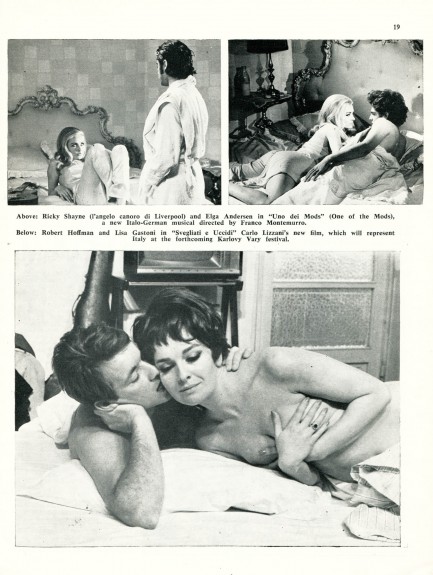 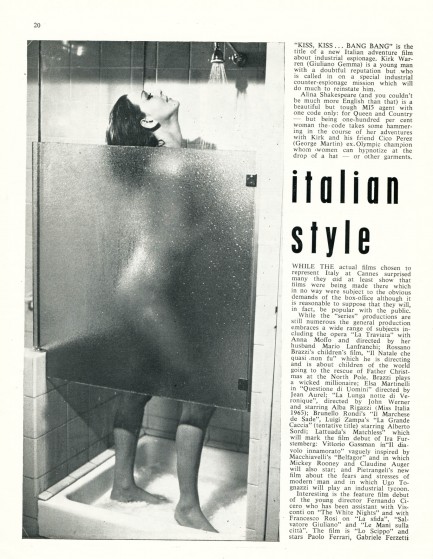 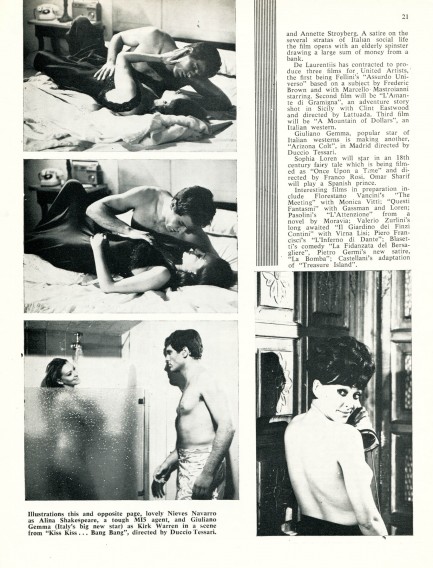 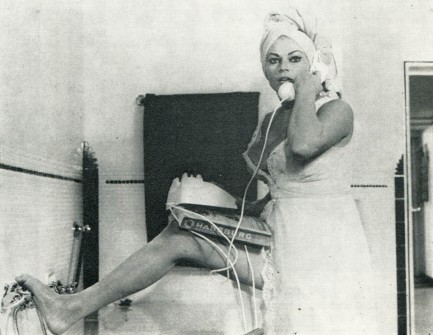 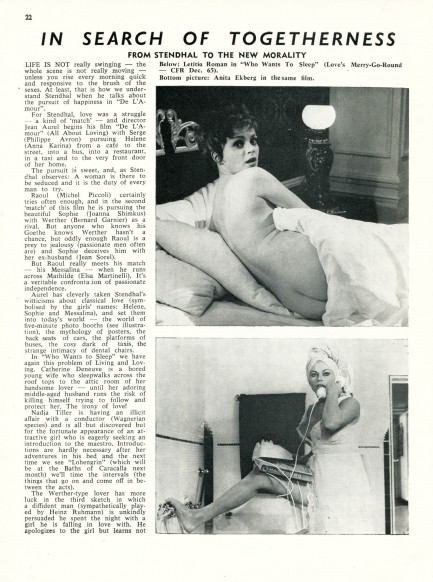 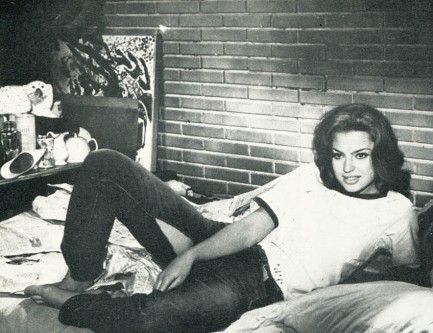  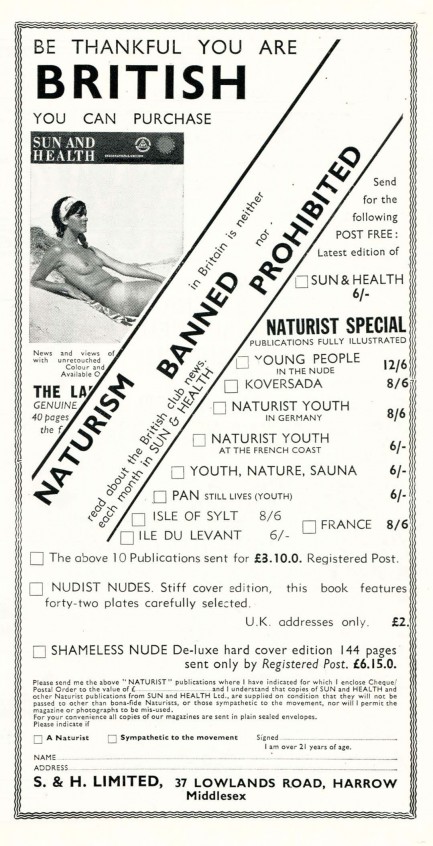 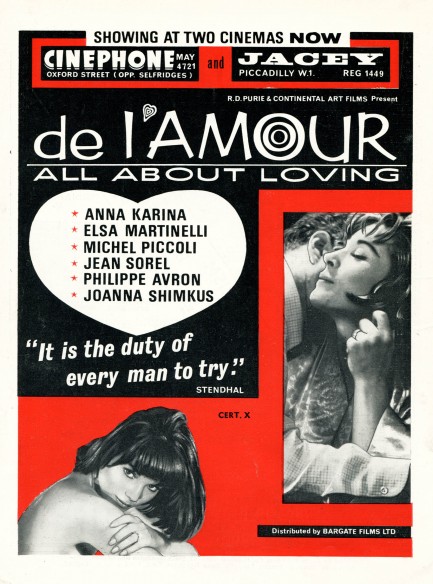 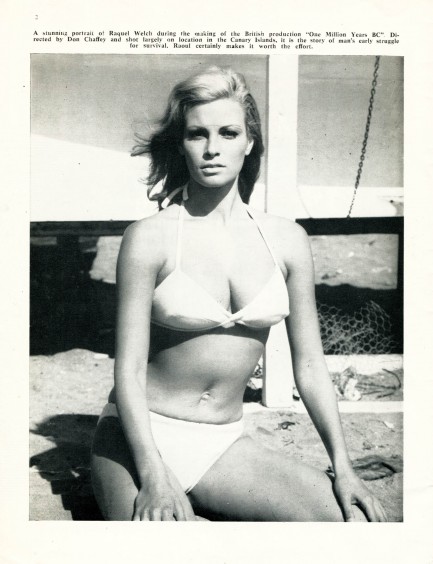
|
 |

The headlines that mattered yesteryear.
2003—Hope Dies
Film legend Bob Hope dies of pneumonia two months after celebrating his 100th birthday. 1945—Churchill Given the Sack
In spite of admiring Winston Churchill as a great wartime leader, Britons elect
Clement Attlee the nation's new prime minister in a sweeping victory for the Labour Party over the Conservatives. 1952—Evita Peron Dies
Eva Duarte de Peron, aka Evita, wife of the president of the Argentine Republic, dies from cancer at age 33. Evita had brought the working classes into a position of political power never witnessed before, but was hated by the nation's powerful military class. She is lain to rest in Milan, Italy in a secret grave under a nun's name, but is eventually returned to Argentina for reburial beside her husband in 1974. 1943—Mussolini Calls It Quits
Italian dictator Benito Mussolini steps down as head of the armed forces and the government. It soon becomes clear that Il Duce did not relinquish power voluntarily, but was forced to resign after former Fascist colleagues turned against him. He is later installed by Germany as leader of the Italian Social Republic in the north of the country, but is killed by partisans in 1945.
|

|
|

It's easy. We have an uploader that makes it a snap. Use it to submit your art, text, header, and subhead. Your post can be funny, serious, or anything in between, as long as it's vintage pulp. You'll get a byline and experience the fleeting pride of free authorship. We'll edit your post for typos, but the rest is up to you. Click here to give us your best shot.

|
|




























































































